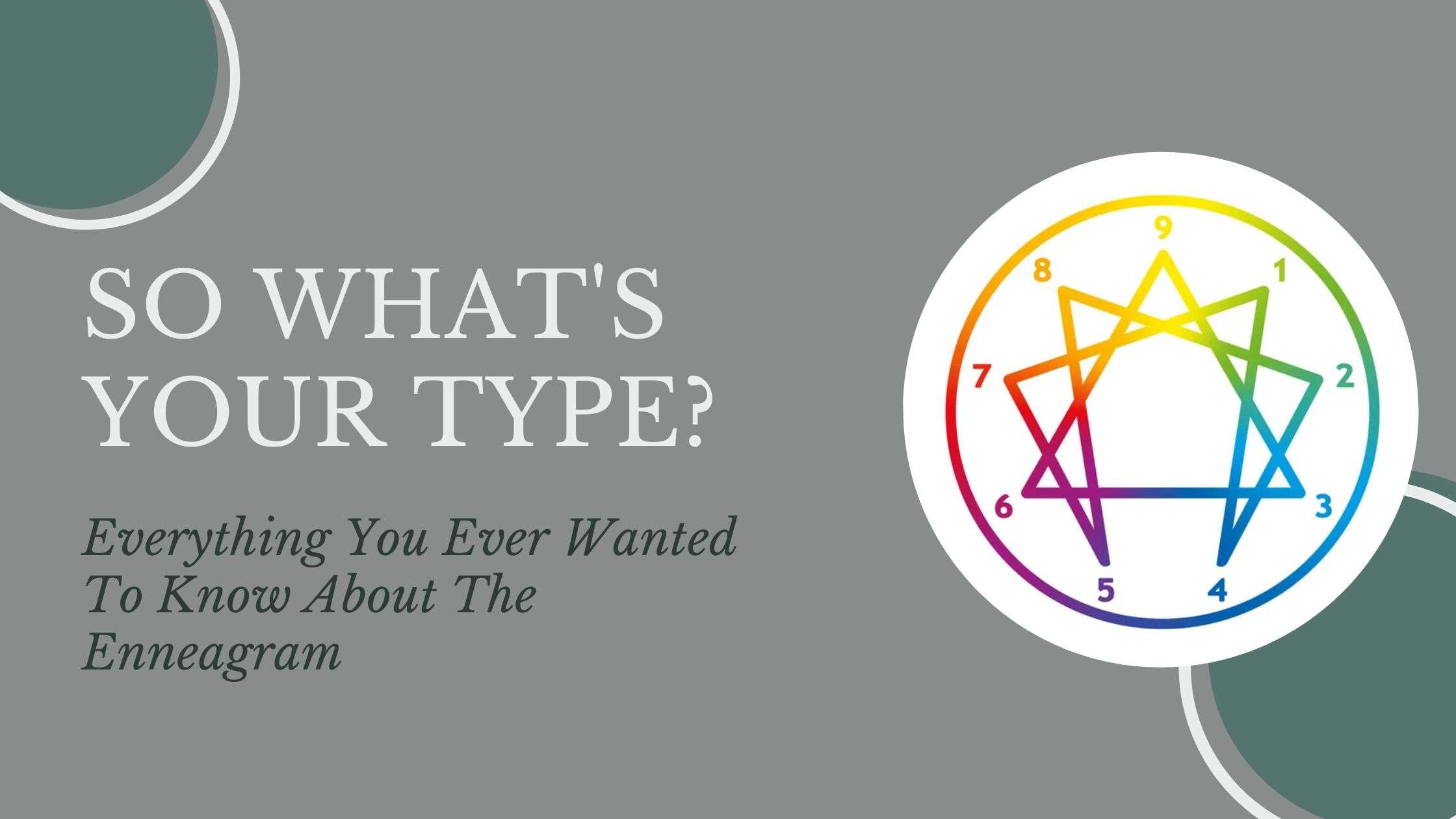

The Enneagram is rapidly growing in popularity and now we often hear things like, “Well he’s a Three and that’s just how they are,” in our everyday conversations. But did you know that the Enneagram has been around since the 1970’s and has a fascinating history?
Just in case you haven’t heard of it yet, the Enneagram is what us therapists call a “personality theory,” and there are many such facilities and tests that have been popular over the years like DISC, HEXACO, and Myers-Briggs – just to name a few.
Fun fact! The symbol of the Enneagram is older still with some claiming that it goes all the way back to Pythagoras, and he’s been dead since 495 BC! There is even an Enneagram-like drawing in a 17th-century text that is credited to the German Jesuit mathematician named Athanasius Kircher. The mystery of the Enneagram is part of what makes people so drawn to it.
The big idea of the Enneagram, and other such assessments like it, is that by a certain point in adulthood, each of us has developed a predominant personality strategy to cope with the external environment.
The insights gained from personality inventories and tools like these can be useful for self-help and some are even valuable tools that your therapist can use to accelerate the “getting to know you phase.” I always remind my clients that you are you and you are unique! Mainly because I believe that labels are a double-edged sword. They can help you understand yourself better but can also risk leading you to conform to them or even become complacent.
With that warning in mind, I find the Enneagram to be a useful tool, when used properly, because it creates some common characteristics to describe nine different ways that the human psyche develops a worldview and, in many ways, our worldview dictates how we relate to ourselves self and others.
So you think you are a Nine, a Two, or a Six? Well, not so fast – you may be, or you may not be! There are lots of “free” tests available online; however, one I would highly recommend can be found here. Together we can discovery your internal world using personality theories such as the Enneagram.
The information on this page is not intended to be a substitution for diagnosis, treatment, or informed professional advice. You should not take any action or avoid taking any action without consulting with a qualified mental health professional.
If you are in a crisis or any other person may be in danger – don’t use this site. These resources can provide you with immediate help.
If you or someone you know needs help, call the National Suicide Prevention Lifeline at 800-273-TALK (8255). You can also text a crisis counselor by messaging the Crisis Text Line at 741741.
